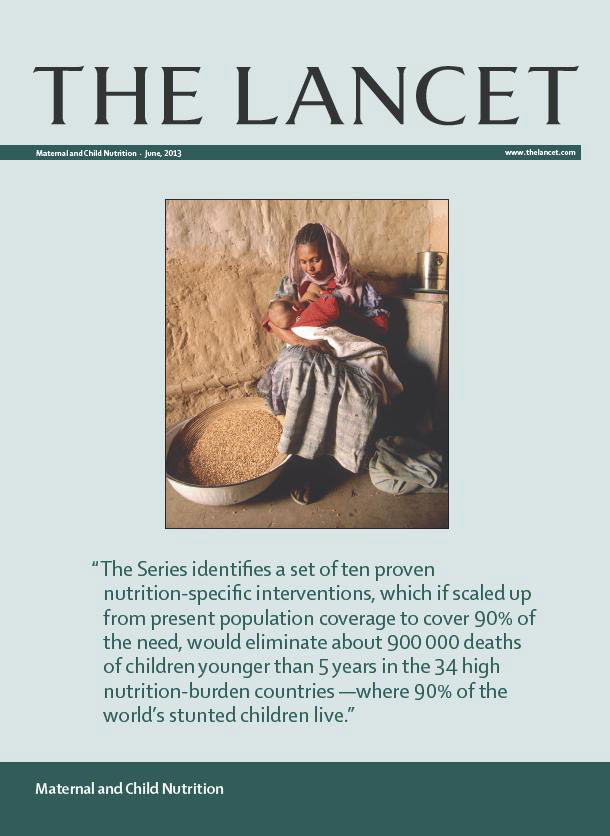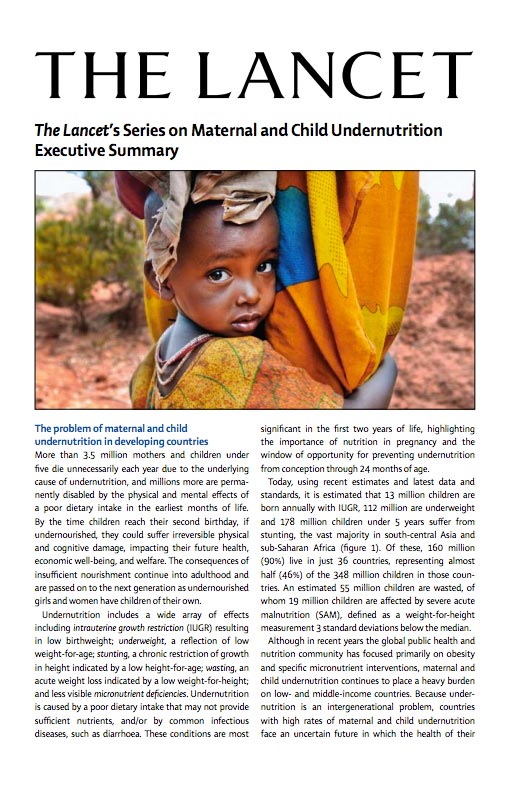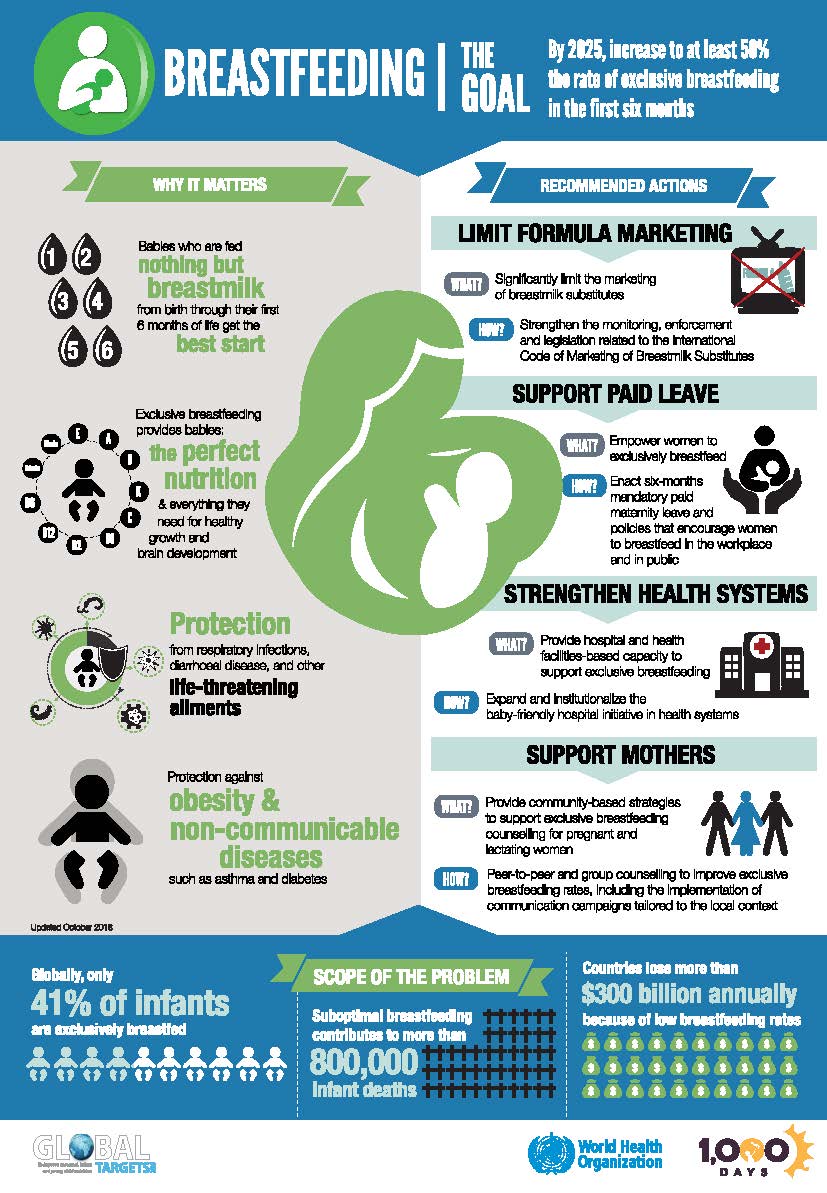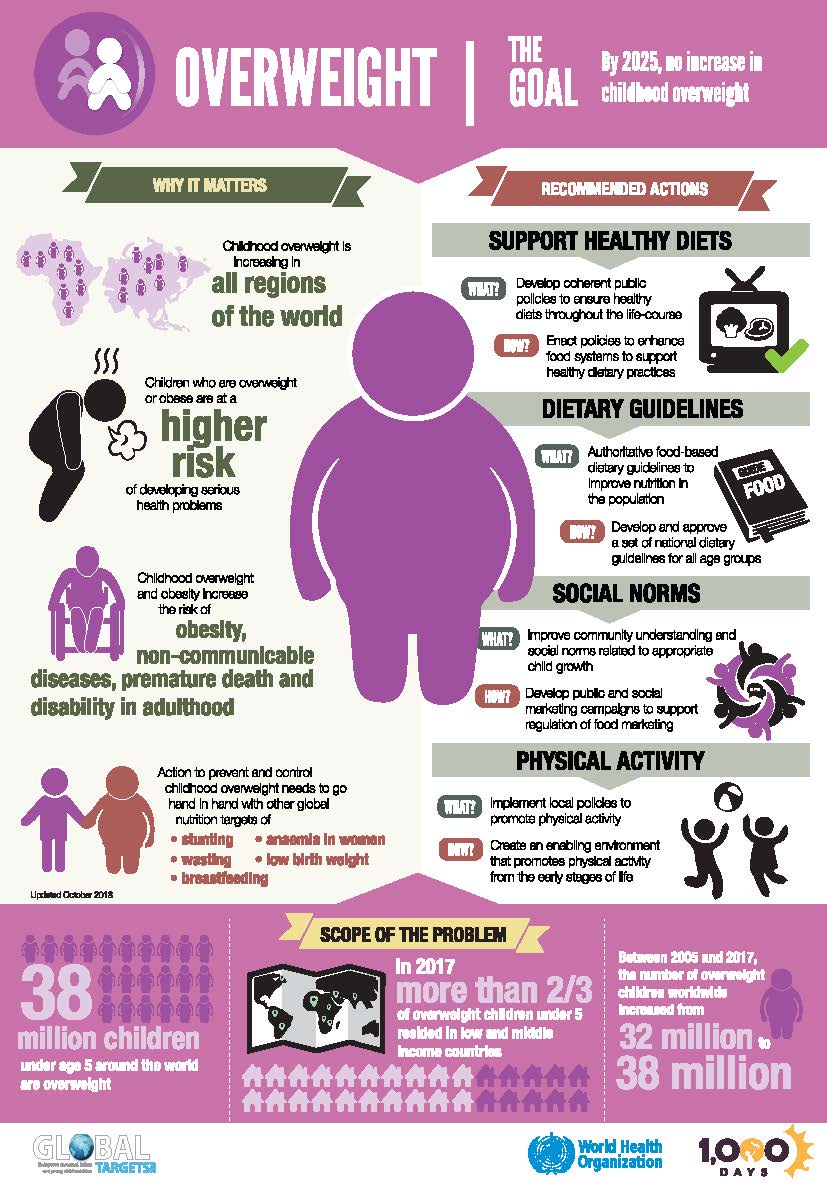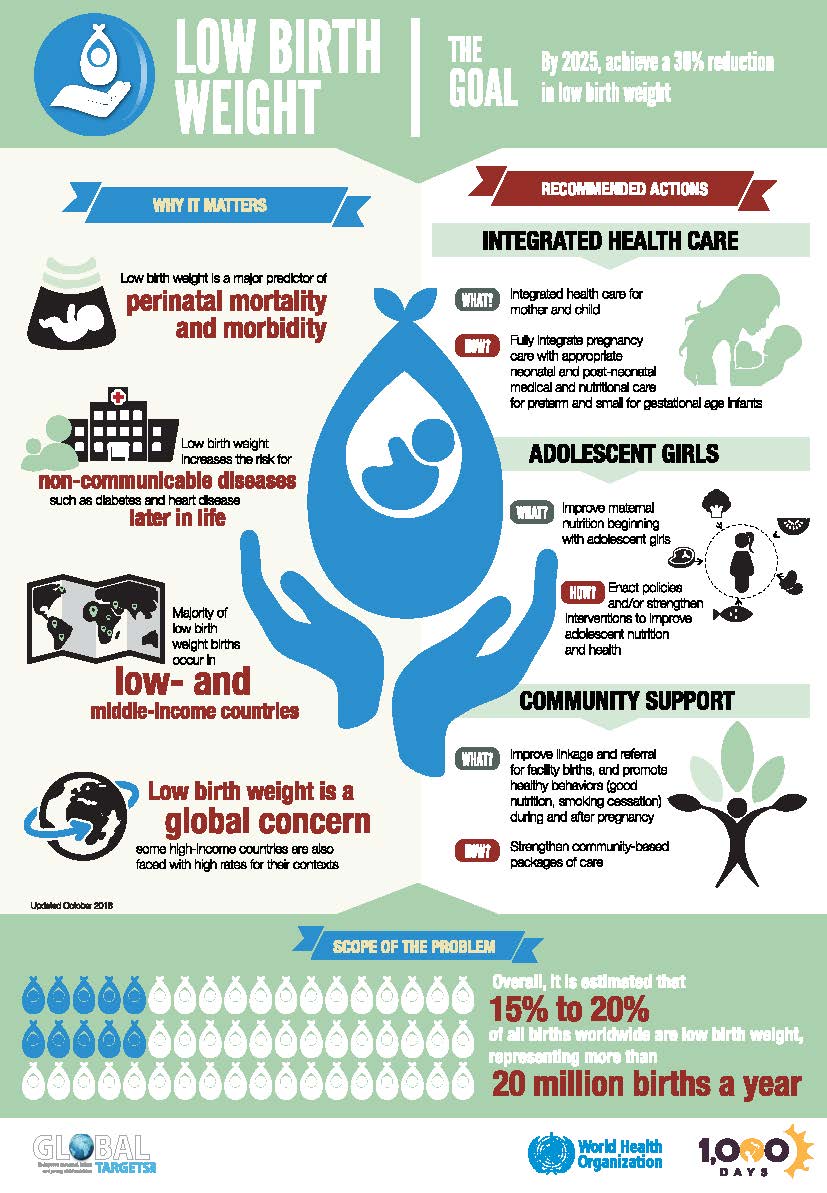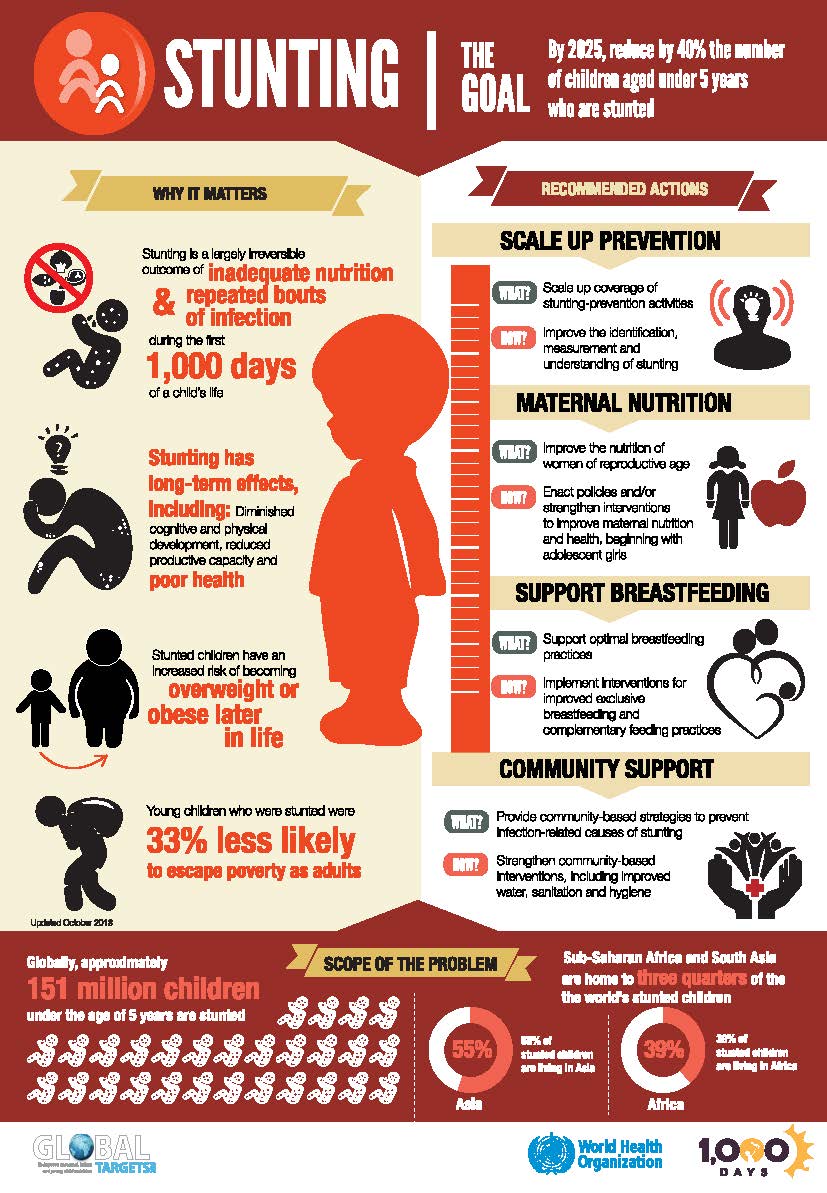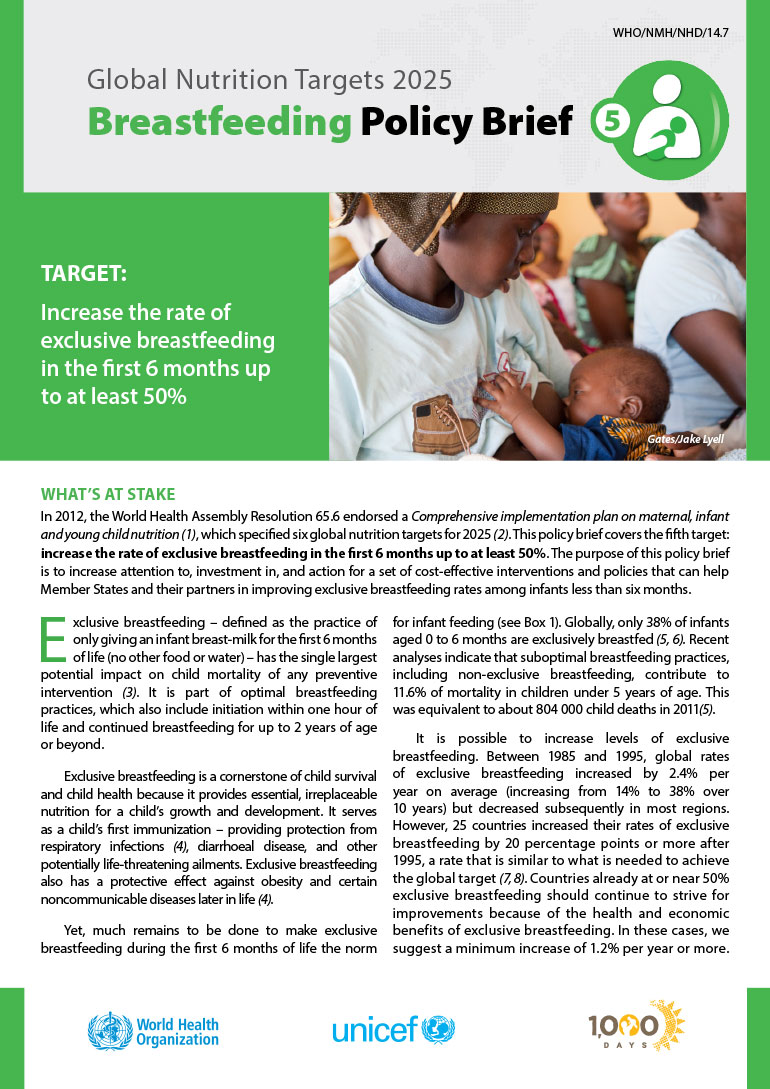The 2013 Lancet Series on Maternal and Child Nutrition
In a follow up to its 2008 series, The Lancet’s 2013 series on maternal and child nutrition revealed that improvements in nutrition remain “a massive unfinished agenda.” Perhaps the most startling new finding was the revelation that malnutrition is responsible for nearly half of all child deaths each year—3 million children under age 5—and is the single greatest threat to child survival. The evidence within The Lancet reinforced the case for improving nutrition in the first 1,000 days, highlighting 10 proven nutrition interventions could save almost 1 million lives and reduce the number of stunted children by 33 million.

